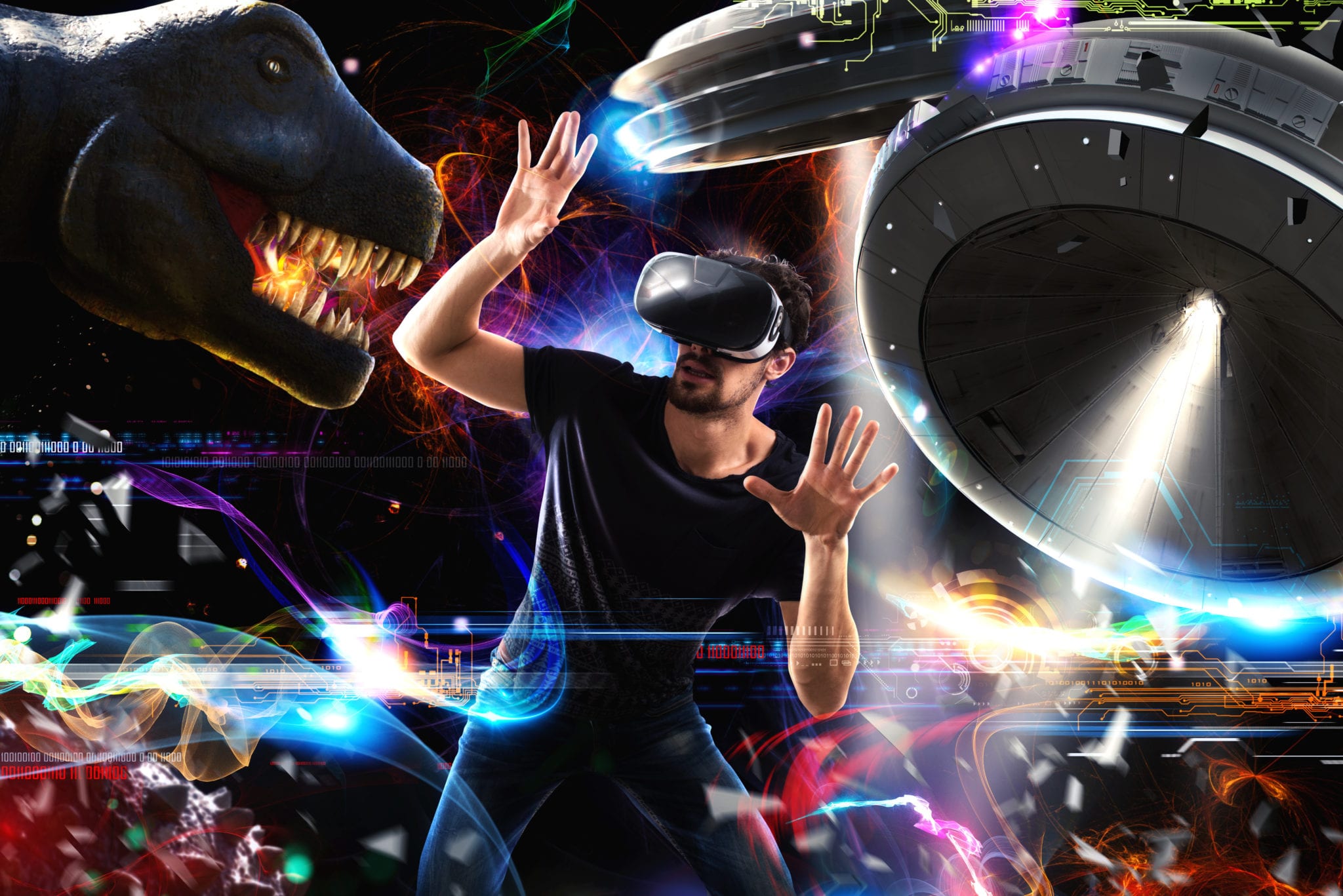Are you new to virtual reality and you’ve been wondering what’s it like to be inside a virtual environment? If you’re well versed in VR and it’s become second nature to you by now, this list will probably remind you of the first time you dived into a virtual world.
Well… this is new
Everything around you is at scale, the proportions and dimensions look realistic, and even though you know that this is just a computer-generated imagery, your brain doesn’t mind it. You experience what is called psychological presence – the feeling of immersion that comes from your brain interpreting the simulation as a situation you participate in.
Maybe you think it’s a matter of time until you bump into the chair or the desk next to you. Don’t worry, that’s been taken care of too. During the initial setup, you are asked to draw how much free space there is around you. You will see a grid appear around you as soon as you are about to step out of those boundaries.
OK, now I get it
“What can I do with my hands?”, “How can I move around?”. In this initial phase, you explore and learn new ways of doing things. As in real-life, there is a “vocabulary of gestures” you accumulate. VR gestures are intended to be lifelike, so the majority of them are designed to mimic real-life ones. For instance, if you want to pick something up, you can just reach out and grab it.
Most controllers have the design and button arrangement in such a way that if you wish to do a grabbing gesture, you will press or release just the right buttons. So don’t worry too much about which button to press at which time. Just do what you usually do and learn on the go.
As for moving around, the two most common ways are walking and teleportation. Move in any direction and the tracking sensors will know where you are within the play area. Sometimes this isn’t the best option, so in situations where you might get confused (if you’re walking up a staircase, for example) or you need to move further away, you’ll be better off just teleporting from A to B.
At last! I’m good to go
You are now comfortable with the virtual space, and you can navigate it without major problems. Trying out different applications, experiences or games is easy, and the interaction feels natural. You’re all set and good to go! If you want a more detailed explanation of how VR achieves realism, Wired has a great video with Oculus’s CTO, John Carmack. Check it out here.

